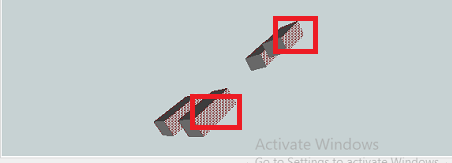Hi, I have a couple of queries, I will try my best to elaborate. I am transforming to DGN cell to CityGML.
1) How do i ensure, that exterior rings are counter-clockwise, and interior rings are clockwise? I am using the Orientor Transformer, and setting Let-Hand-Rule, however, on surfaces, i still see (from using Inspector against the CityGML) that the polygon is right-hand rule.
2) When viewing the resultant CityGML in Inspector, it is showing the wall surfaces rather strange..... some are rendered as exterior (solid) representation, some have the interior (dashed) representation.
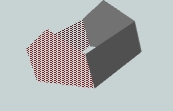
Does it matter that FME represents it in this way? or does it actually mean something? is it related to point1? These are shown as right hand rule (i want left hand rule).
Thanks,
Steve
Best answer by daveatsafe
View original




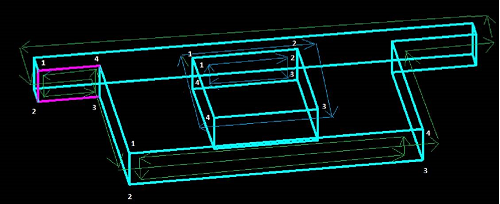
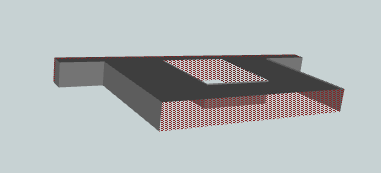

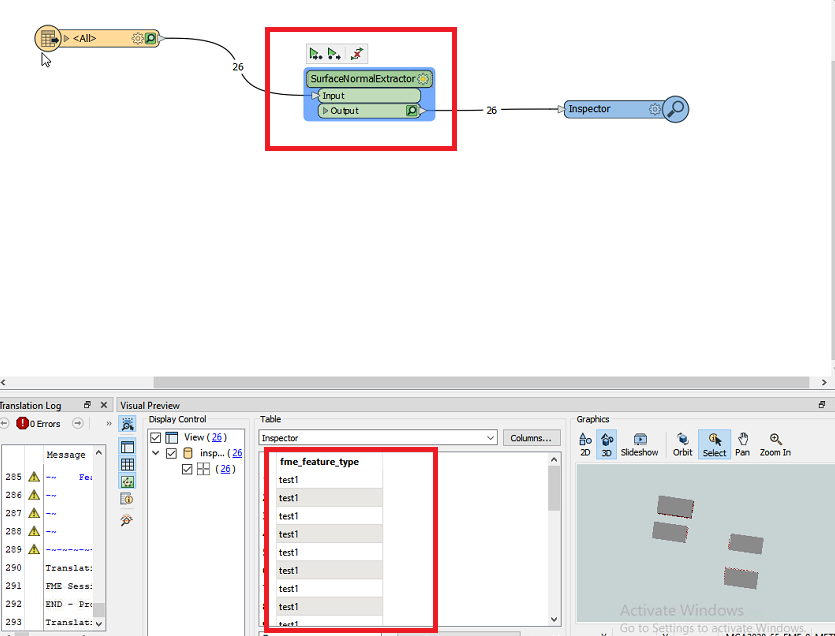 Wall not render properly in FME inspector
Wall not render properly in FME inspector